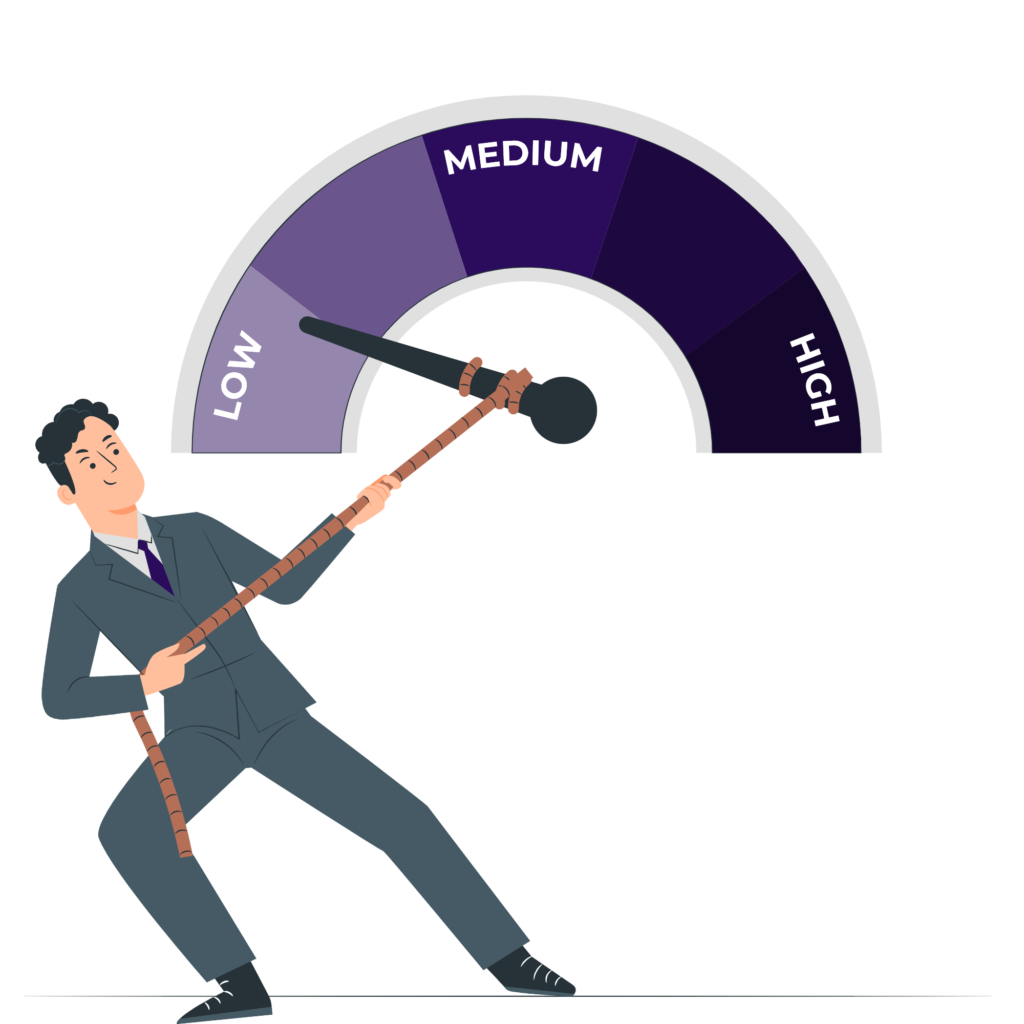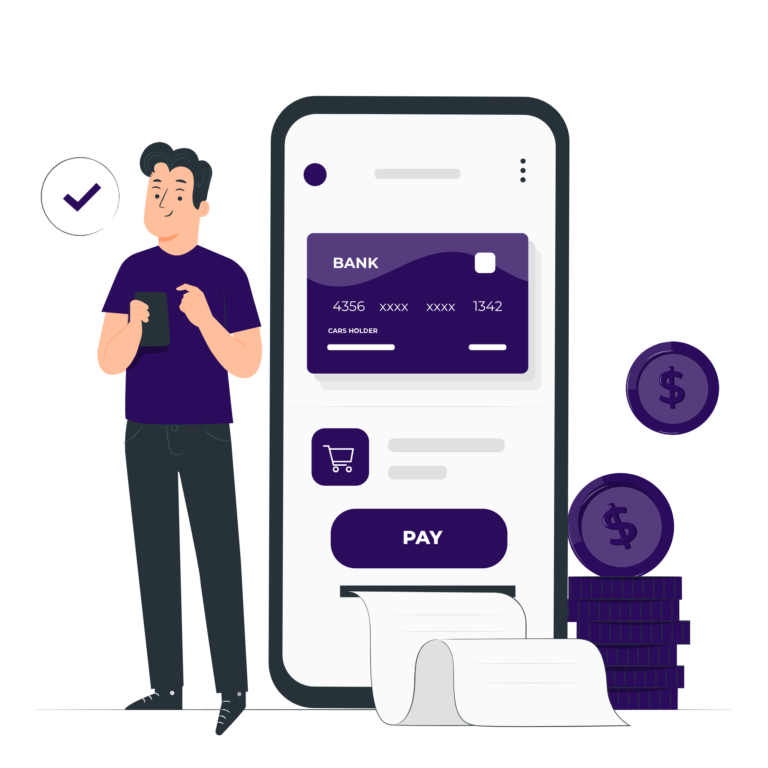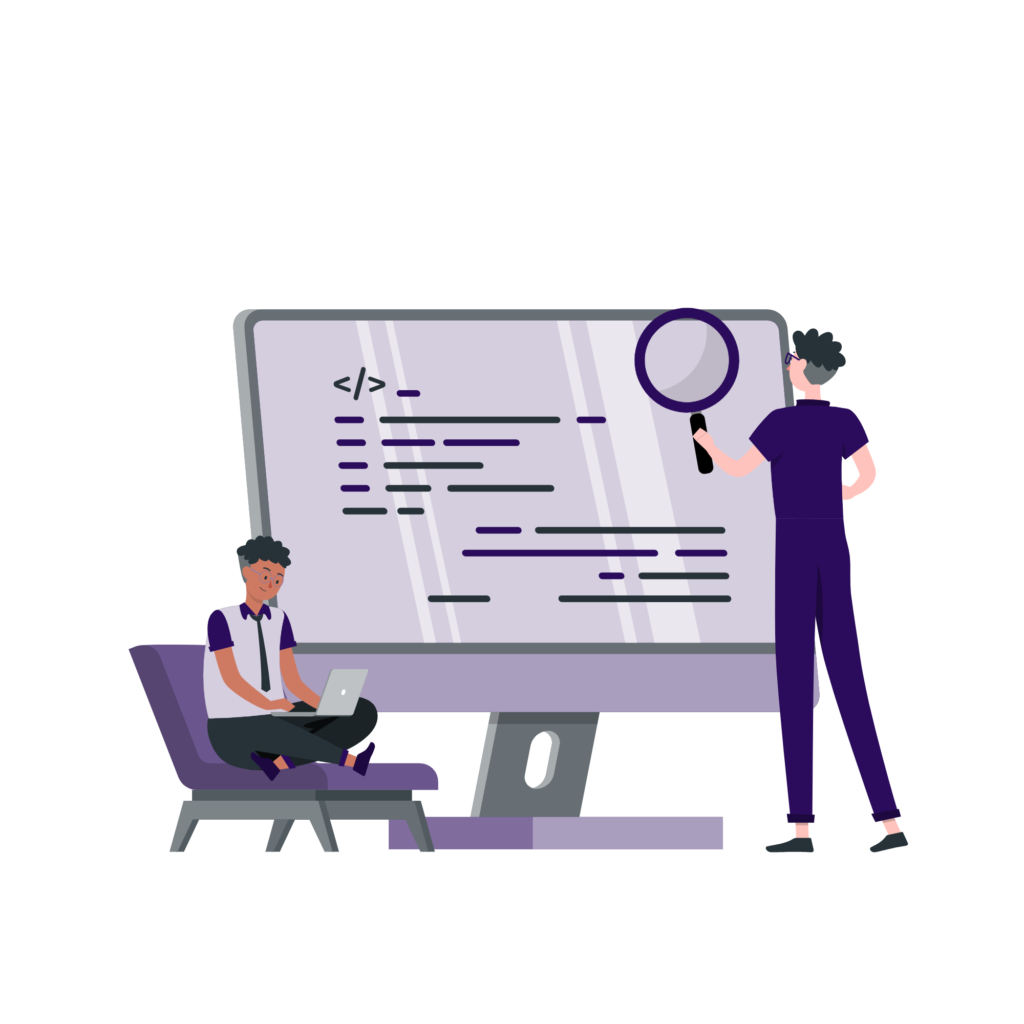Why analytics for banks
Banks manage risk while enhancing client demand and supply through data analytics. Today's modern banks and financial organizations are adopting data analytics for a more strategic goal, as opposed to the traditional approach to analytics in finance and banking, which was to develop only reports and dashboards.
If you offer
Insurance Services
Retail Banking
Commercial Banking
Tax and Accounting Services
Investment Banking
Savings and Loan Associations
To focus on

Fraud detection
Fraud prevention is a growing priority in the financial sector. Big data analytics can be used by banks to protect customer account information. Business intelligence (BI) tools are used in banking to evaluate risk and prevent fraud. The big data acquired from these instruments is used to establish individual interest rates, credit scores, and fraud behaviors. By increasing debt monitoring rates, for example, consumers and organizations can improve their financial decisions with the use of big data analysis of market patterns.

Customer experience enhancement
Through customer profiling, banks may increase client satisfaction and retention. Banks can use big data analytics to gain a more in-depth view of each of its clients rather than simply an overall one. Similar to how a friendly teller would treat the same consumer in their local branch, it keeps track of their actual online banking behaviors and adjusts its services to meet their interests. Thanks to online banking, customers can now transfer money, deposit checks, and pay the bills all from their mobile devices. Although profiling may seem intrusive, it’s merely a platform variation of what bankers routinely perform.

Credit risk analysis
Credit risk analysis is the study of past data in order to better understand a borrower’s reputation or to analyze the risk of extending a loan. The analysis’ findings aid banks and financial institutions in assessing their own and their clients’ risks. So, Credit risk analysis is the in-depth examination of a company’s finances and future prospects to ascertain its likelihood of repaying its debts. The skills of efficient risk analysis are necessary for investors, insurance companies, and banks that provide credit.
Data Analytics
BI for companies that offer financial services
The secret is the quality of decisions made after using business intelligence; not simply using it is important.
Banks manage risk while enhancing client demand and supply through data analytics. Today’s modern banks and financial organizations are adopting data analytics for a more strategic goal, as opposed to the traditional approach to analytics in finance and banking, which was to develop only reports and dashboards.


Increase Bank Profitability
The banking sector and those who use financial products produce enormous amounts of data every day. This data is now handled in a completely new way due to analytics software, which makes it possible to identify trends and patterns that can then be used to inform important business decisions. When multiple data sets are merged, a larger environment is created that can be used to identify trends in customer behavior and investment intentions. Analytics are now at the heart of direct advertising and sales operations in the financial sector, highlighting which strategies will produce the highest value and how customer segmentation across categories can make promotion easier to manage.
What Bank Agencies Will Benefit
We are helping our customers who provide banking and financial services in the following areas:
Knowing more about customer behaviors
The timely payment of bills by customers is something that banks are concerned about. How their clients use credit cards seems to be something they’re interested in. Additionally, they want to know if clients are utilizing their new bank offerings. Maintaining security aspect monitoring with a predictive method is also recommended rather than a reactive technique.


Documenting software for banks.
One of the main advantages of using a banking document management system is that it considerably reduces the amount of time needed for tasks like documentation, document negotiation, document signing, and introducing resolutions. Documentation software significantly speeds up the decision-making and action-taking processes. It enhances control over the prompt execution of the order, increases manageability and security, and pings the location of the document at all times.
Banking office tasks can be fully automated thanks to banking document management software, including all processes involved in document compilation, administrative and organizational reports, contract term papers, and the preparation of data that will be used in the process of deriving insights from the data.
How CRM systems help banks
It is essential to find out if a client is dissatisfied with something so that the bank can give him better service in the future. CRM systems offer marketing automation of business operations based on individual client contacts, as well as client maintenance and support. Given that different users may be given access to diverse types of data, the CRM system should make all available data easily accessible.


Clouding system for banks
The cloud is presently providing banks with an unmatched level of efficiency, reliability, and scalability, and it has been demonstrated to be a superior solution for increasing data processing capability. For use cases like data analytics, batch processing, and data storage, banks may use the cloud as needed. This enables them to use resources more flexibly and effectively. By requiring banks to only pay for the services they use, cloud computing also enables financial institutions to achieve considerable increases in efficiency and cost reductions. As a result, introducing applications on the cloud is significantly less expensive than testing them on traditional IT infrastructure.

